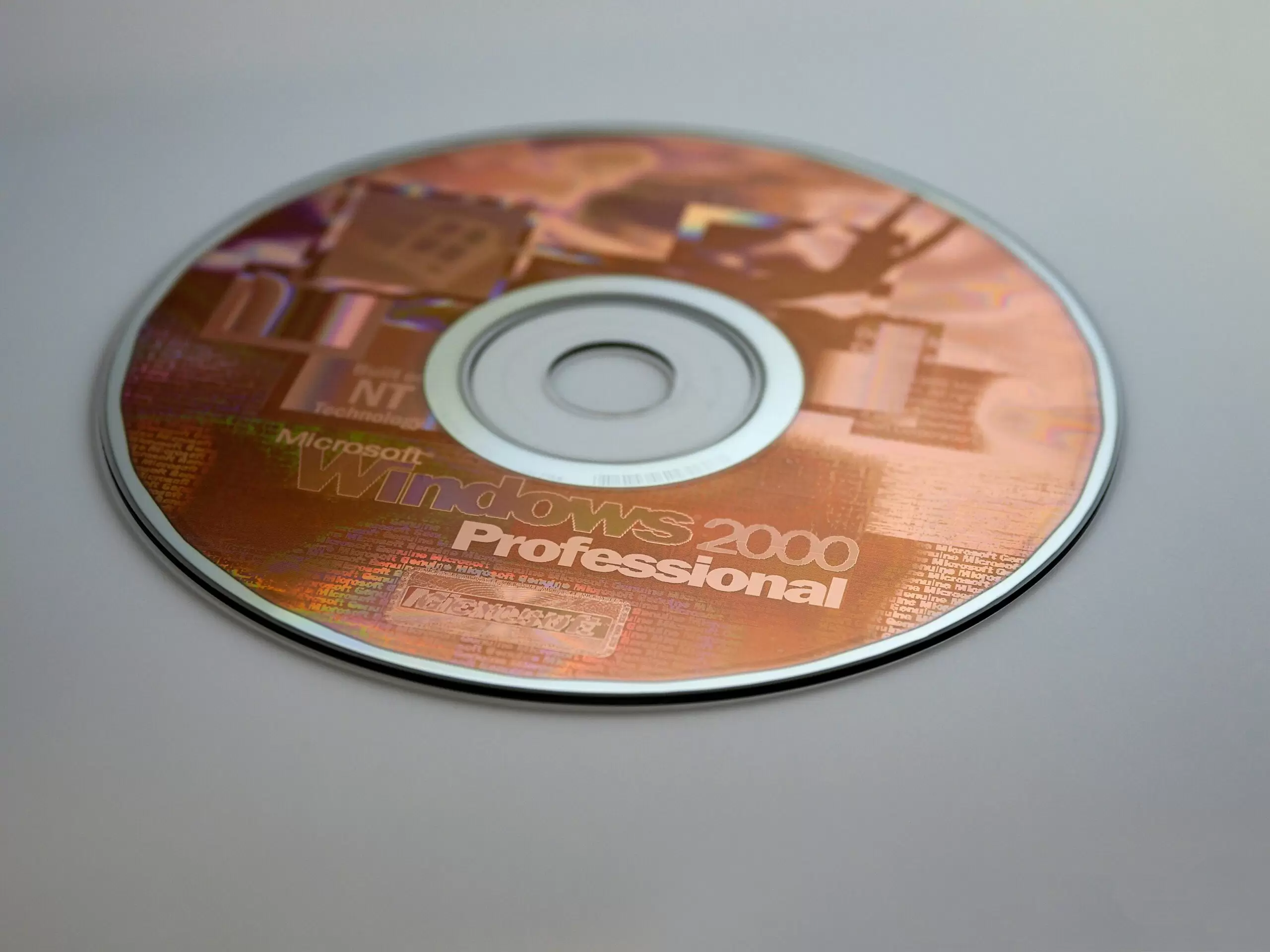
The early 2000s was a time of innovation and technological advancement, with countless inventions aiming to revolutionize our lives, work, and play. While some of these inventions may have seemed quirky or ahead of their time, many laid the groundwork for future breakthroughs and paved the way for the technologies we use today. Let’s take a trip down memory lane and explore fifteen quirky inventions from the early 2000s that were truly ahead of their time.
1. Segway Personal Transporter

The Segway Personal Transporter, introduced in 2001, promised to revolutionize urban transportation with its self-balancing design and electric-powered motor. Despite its initial hype, the Segway struggled to gain widespread adoption due to its high price tag and limited practicality for everyday use. However, the technology behind the Segway laid the groundwork for future innovations in electric scooters and self-balancing vehicles, foreshadowing the rise of micro-mobility solutions in urban environments.
2. Roomba Robotic Vacuum Cleaner

The Roomba robotic vacuum cleaner, introduced by iRobot in 2002, was one of the first mass-market consumer robots designed to autonomously clean floors. While early versions of the Roomba were limited in their capabilities and efficiency, subsequent iterations have become increasingly advanced, incorporating smart navigation technology and enhanced cleaning features. The Roomba’s success paved the way for the widespread adoption of robotic home appliances and demonstrated the potential for automation in household chores.
3. iPod Portable Music Player
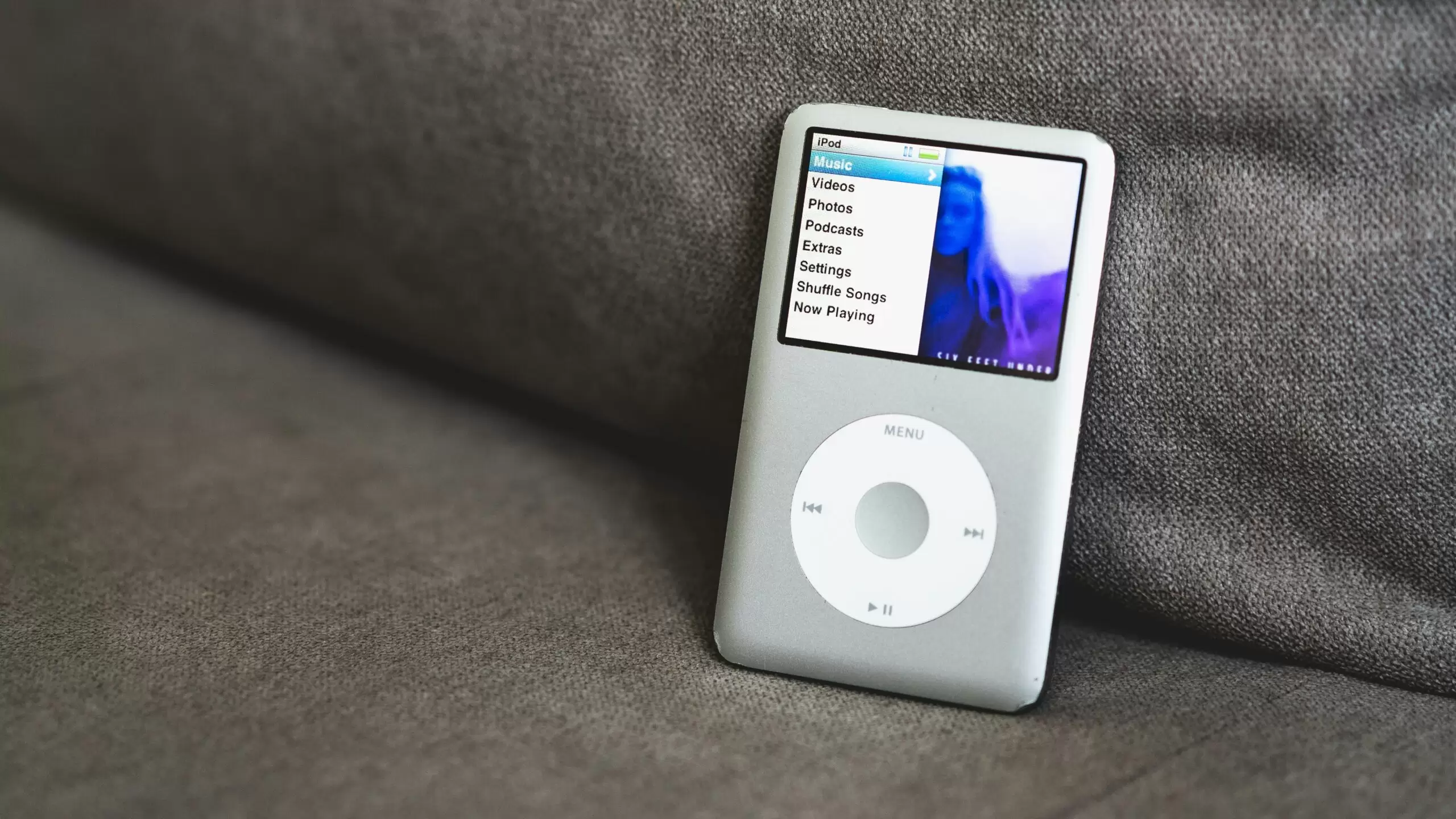
Apple’s iPod, first released in 2001, revolutionized how we listen to music by providing a portable and convenient way to carry thousands of songs in our pockets. The iPod’s sleek design, intuitive interface, and expansive storage capacity made it a must-have gadget for music lovers around the world. While smartphones and streaming services have since replaced dedicated MP3 players like the iPod, its impact on the music industry and consumer electronics cannot be overstated.
4. Palm Pilot Personal Digital Assistant
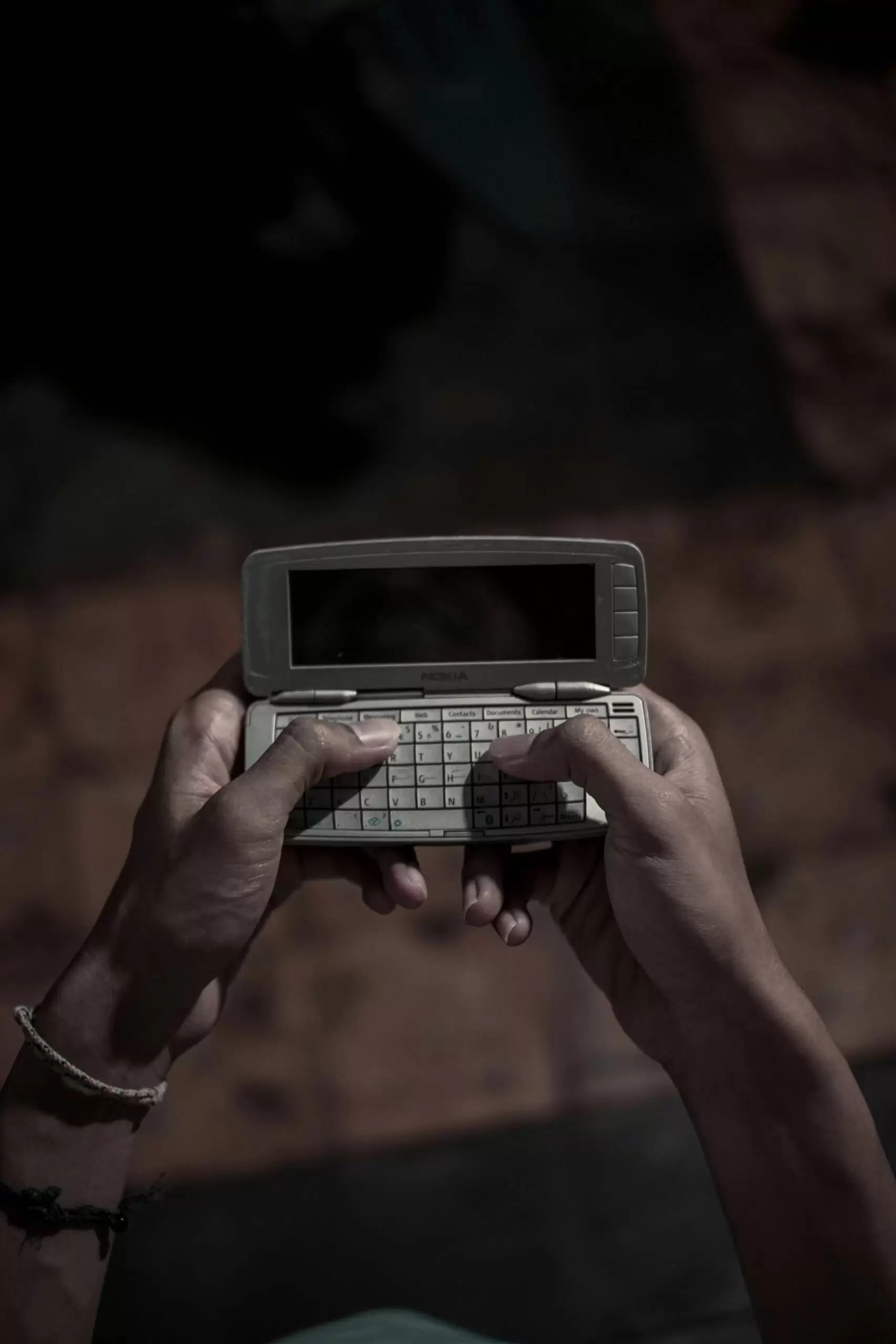
The Palm Pilot, introduced in the late 1990s and popularized in the early 2000s, was one of the first handheld personal digital assistants (PDAs) to gain widespread popularity. The Palm Pilot revolutionized personal organization and productivity with its touch-sensitive screen, stylus input, calendar, contacts, and note-taking features. While smartphones have since absorbed the functionality of PDAs like the Palm Pilot, its influence on mobile computing and personal organization tools is undeniable.
5. BlackBerry Smartphone
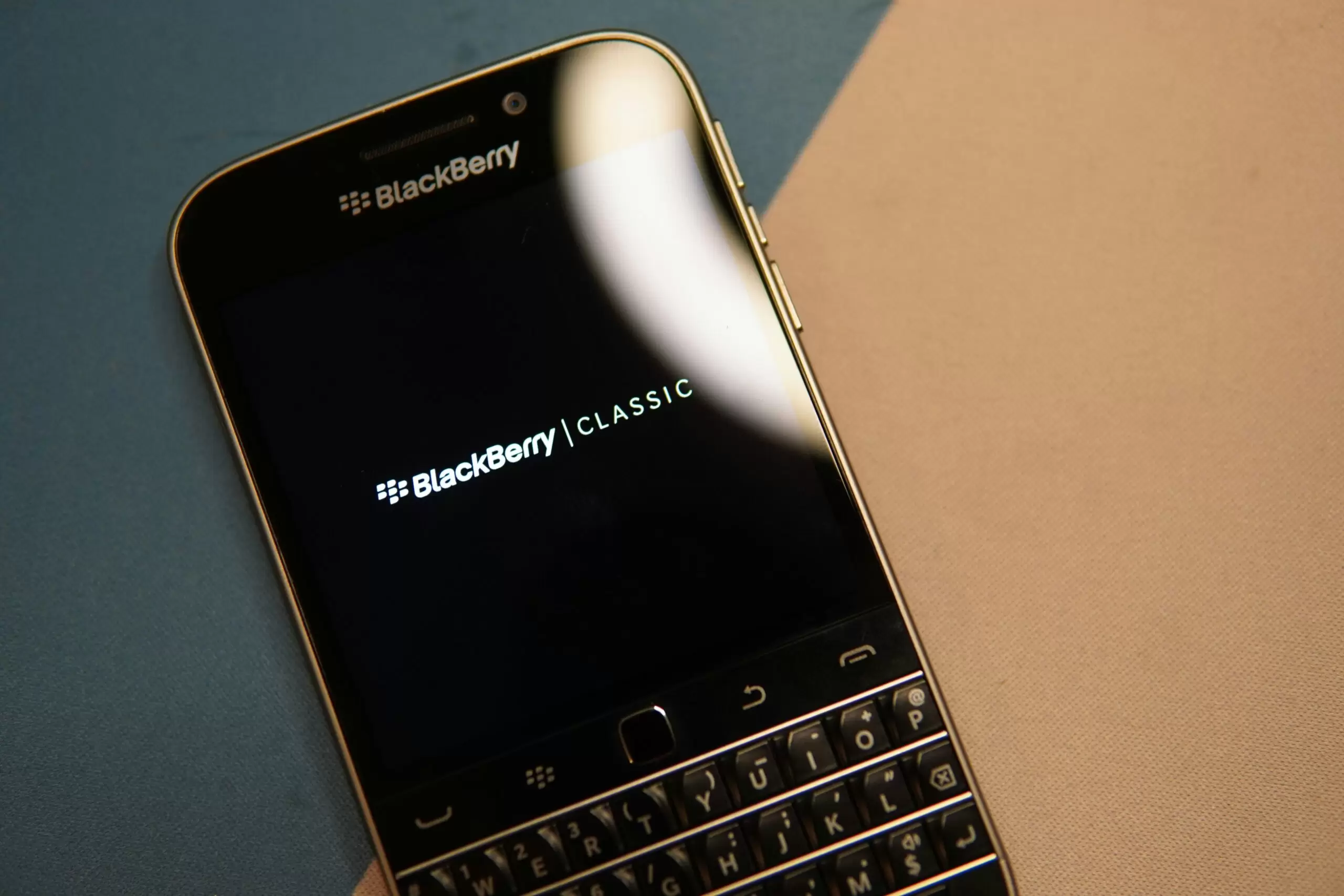
The BlackBerry smartphone, introduced in 2002, was one of the first mobile devices to combine email, messaging, and internet capabilities with a physical keyboard and secure operating system. Originally targeted at business professionals, the BlackBerry became synonymous with mobile productivity and communication. While the rise of touchscreen smartphones like the iPhone eventually eclipsed BlackBerry’s dominance, its legacy lives on in the form of modern smartphones and mobile operating systems.
6. Furby Interactive Toy

The Furby interactive toy, reintroduced by Hasbro in 2005, was a modern update of the popular electronic toy from the late 1990s. Equipped with advanced sensors, motors, and artificial intelligence algorithms, the new Furby could interact with users through speech recognition and expressive movements. While the Furby’s novelty eventually faded, its innovative technology paved the way for future advancements in interactive toys and robotic companions.
7. Bluetooth Wireless Technology
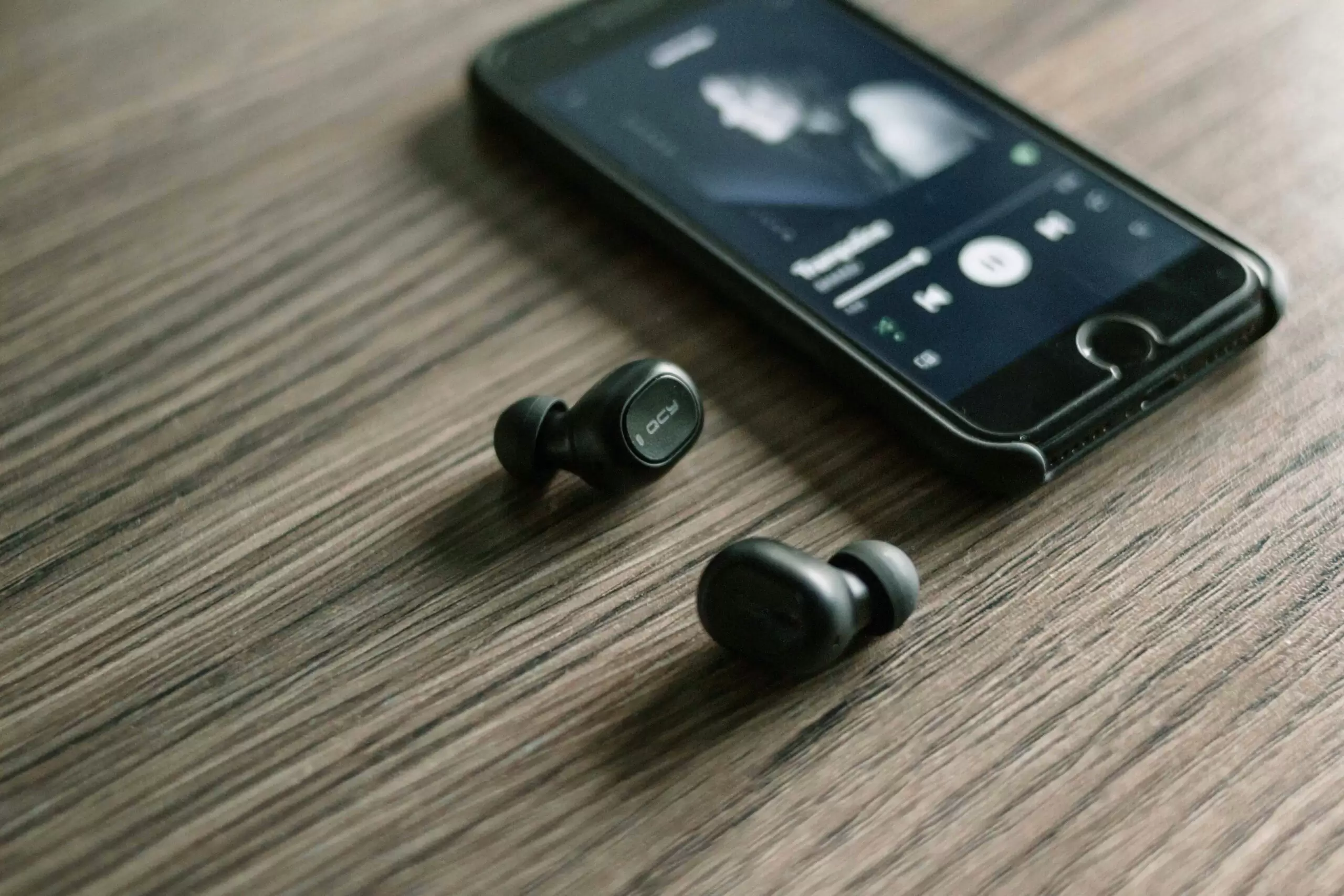
Bluetooth wireless technology, introduced in the early 2000s, enabled wireless communication between electronic devices over short distances. Initially used primarily for hands-free calling in cars and headsets, Bluetooth has since become ubiquitous in a wide range of devices, including smartphones, headphones, speakers, and smart home devices. Bluetooth technology’s versatility and convenience have transformed how we connect and interact with our devices, making cables and cords a thing of the past.
8. TiVo Digital Video Recorder
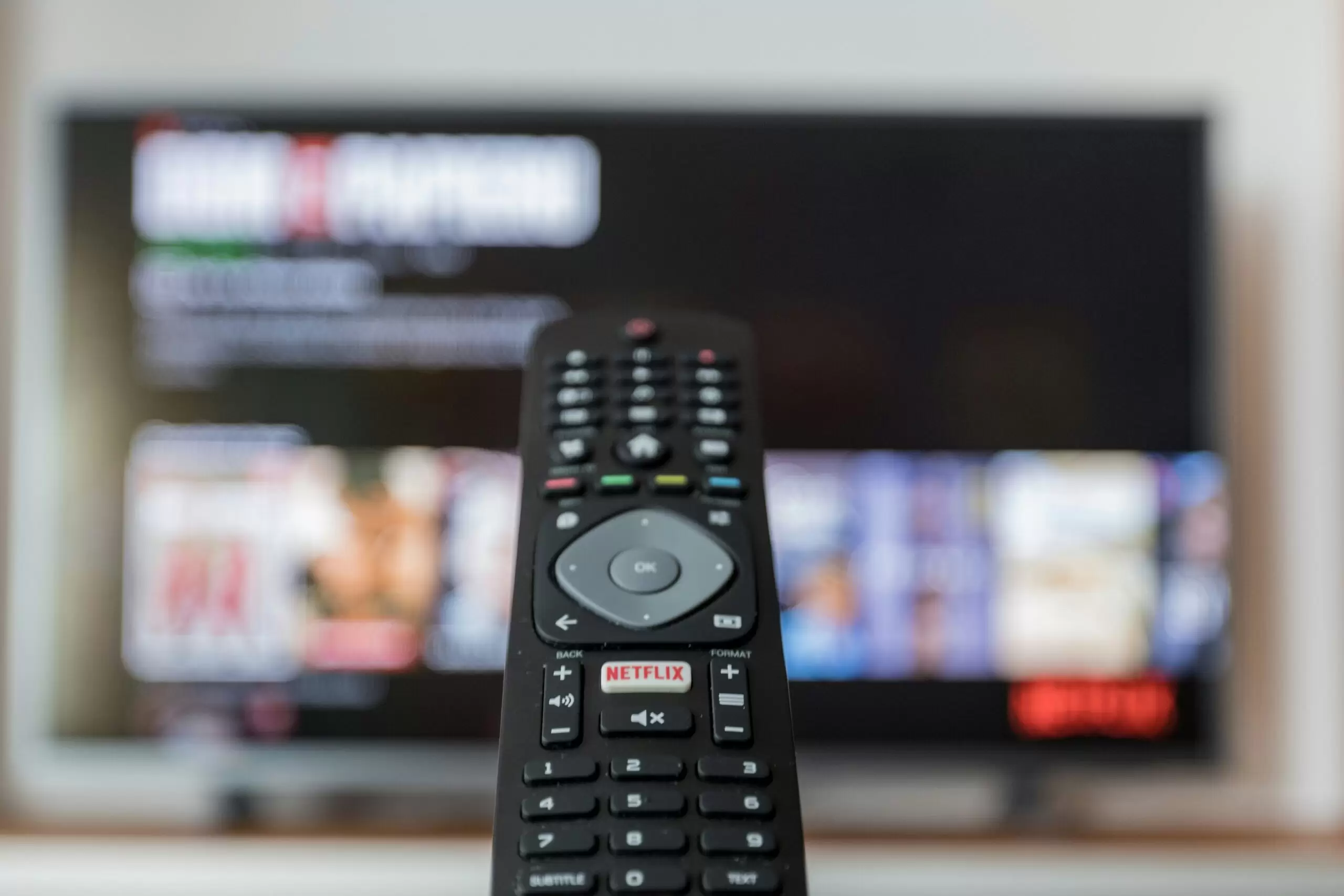
The TiVo digital video recorder (DVR), introduced in 1999 and popularized in the early 2000s, revolutionized how we watch and record television. With its intuitive interface, advanced recording capabilities, and ability to pause, rewind, and fast-forward live TV, TiVo offered viewers unprecedented control over their entertainment experience. While streaming services have since eclipsed traditional TV viewing, the TiVo DVR paved the way for the on-demand, time-shifted viewing that is now commonplace.
9. Nintendo Wii Gaming Console
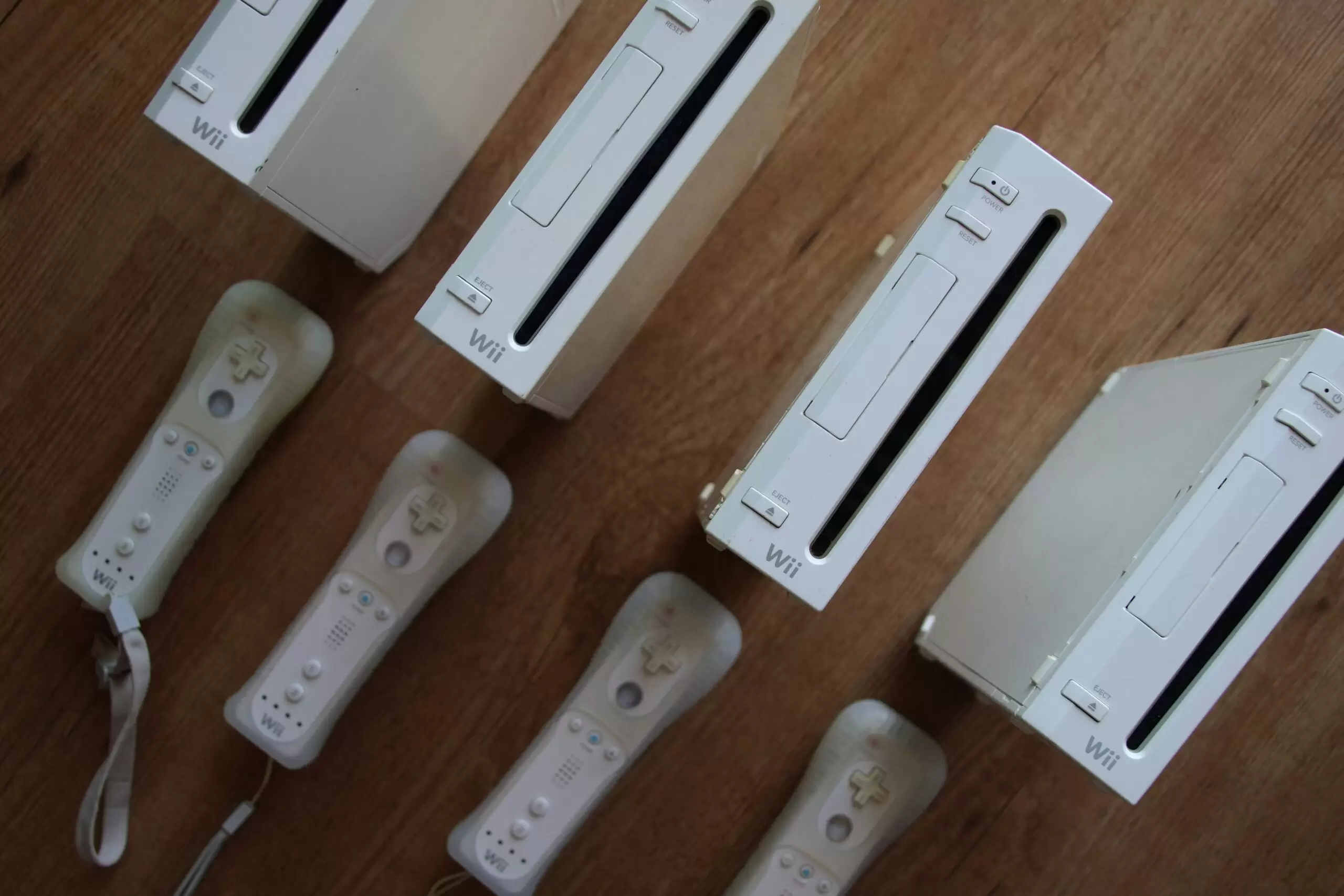
The Nintendo Wii gaming console, released in 2006, introduced motion-sensing controllers and interactive gameplay experiences ahead of their time. With its intuitive motion controls and family-friendly games, the Wii appealed to a broad audience beyond traditional gamers. While subsequent gaming consoles have incorporated motion controls and interactive features, the Wii’s innovative approach to gaming helped usher in a new era of inclusive and accessible gaming experiences.
10. Sony PlayStation Portable (PSP)
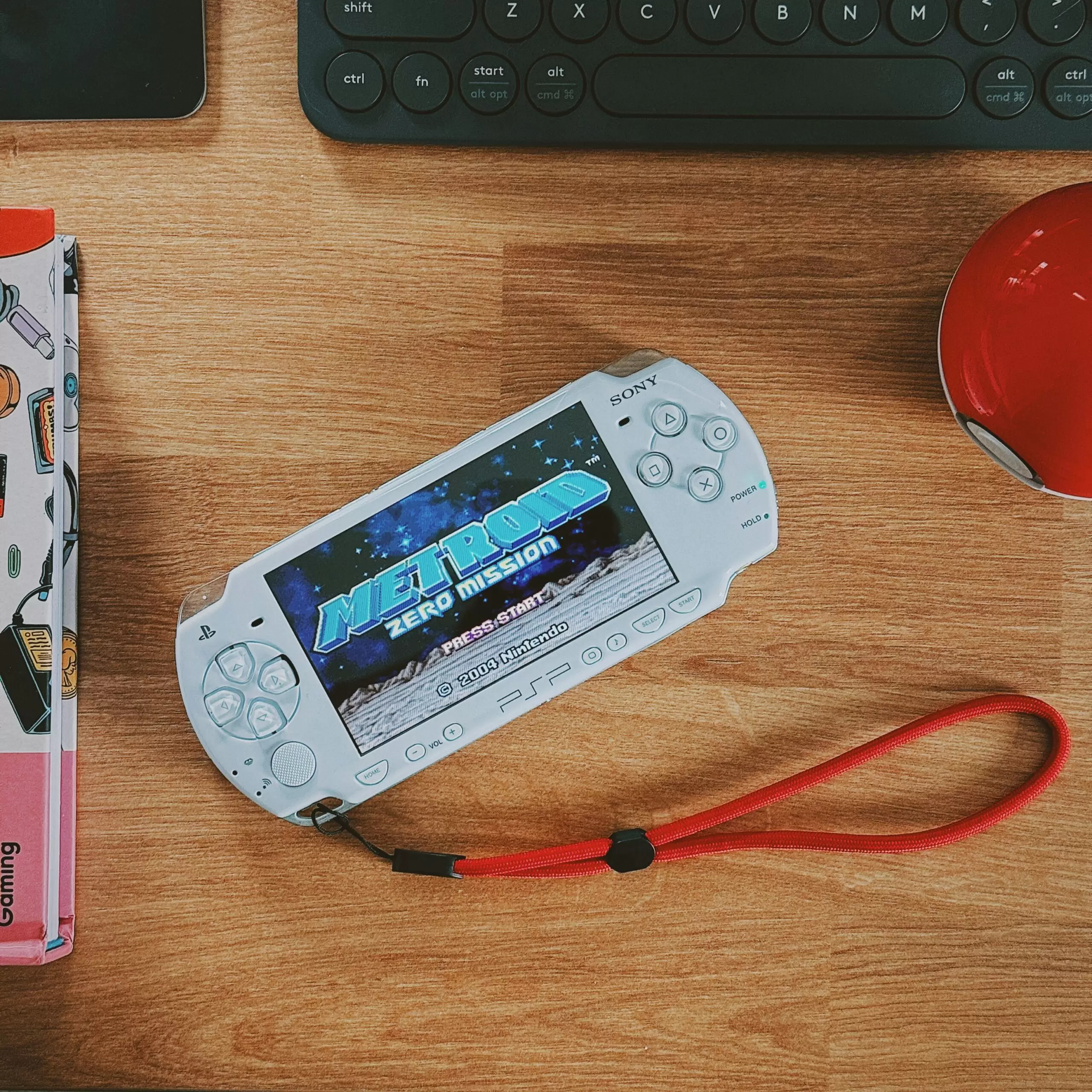
The Sony PlayStation Portable (PSP), released in 2004, was one of the first handheld gaming consoles to feature high-quality graphics, multimedia capabilities, and online connectivity. With its widescreen display and robust library of games, the PSP offered console-quality gaming on the go. While smartphones have since become the dominant platform for mobile gaming, the PSP’s influence on handheld gaming consoles and portable entertainment devices is undeniable.
11. MiniDisc Digital Audio Player
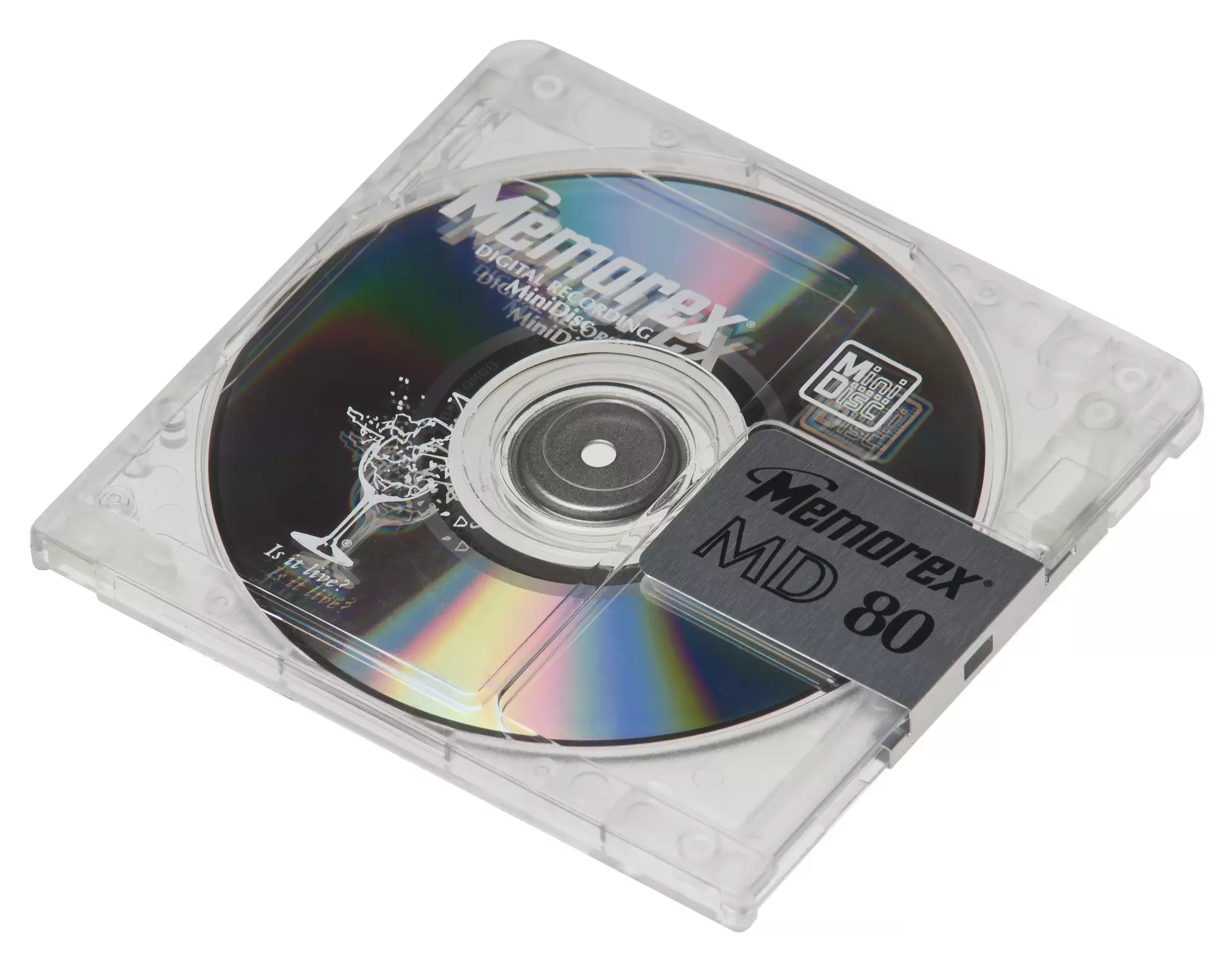
The MiniDisc digital audio player, introduced by Sony in the early 2000s, aimed to replace audio cassette tapes with a digital recording format that offered better sound quality and durability. Despite its compact size and advanced features, such as track markers and editing capabilities, the MiniDisc failed to gain widespread adoption outside of Japan. However, its legacy lives on in the form of digital audio players and streaming services that have since replaced physical media for music consumption.
12. Microsoft Tablet PC

Microsoft’s Tablet PC, introduced in the early 2000s, was an early attempt to combine a laptop’s functionality with a tablet’s portability. Equipped with a stylus and touch-sensitive screen, the Tablet PC aims to provide a versatile computing experience for professionals and students. While early iterations of the Tablet PC were hampered by limited software support and hardware constraints, the concept laid the groundwork for future tablet devices, such as the iPad and Android tablets.
13. WebTV Internet Set-Top Box
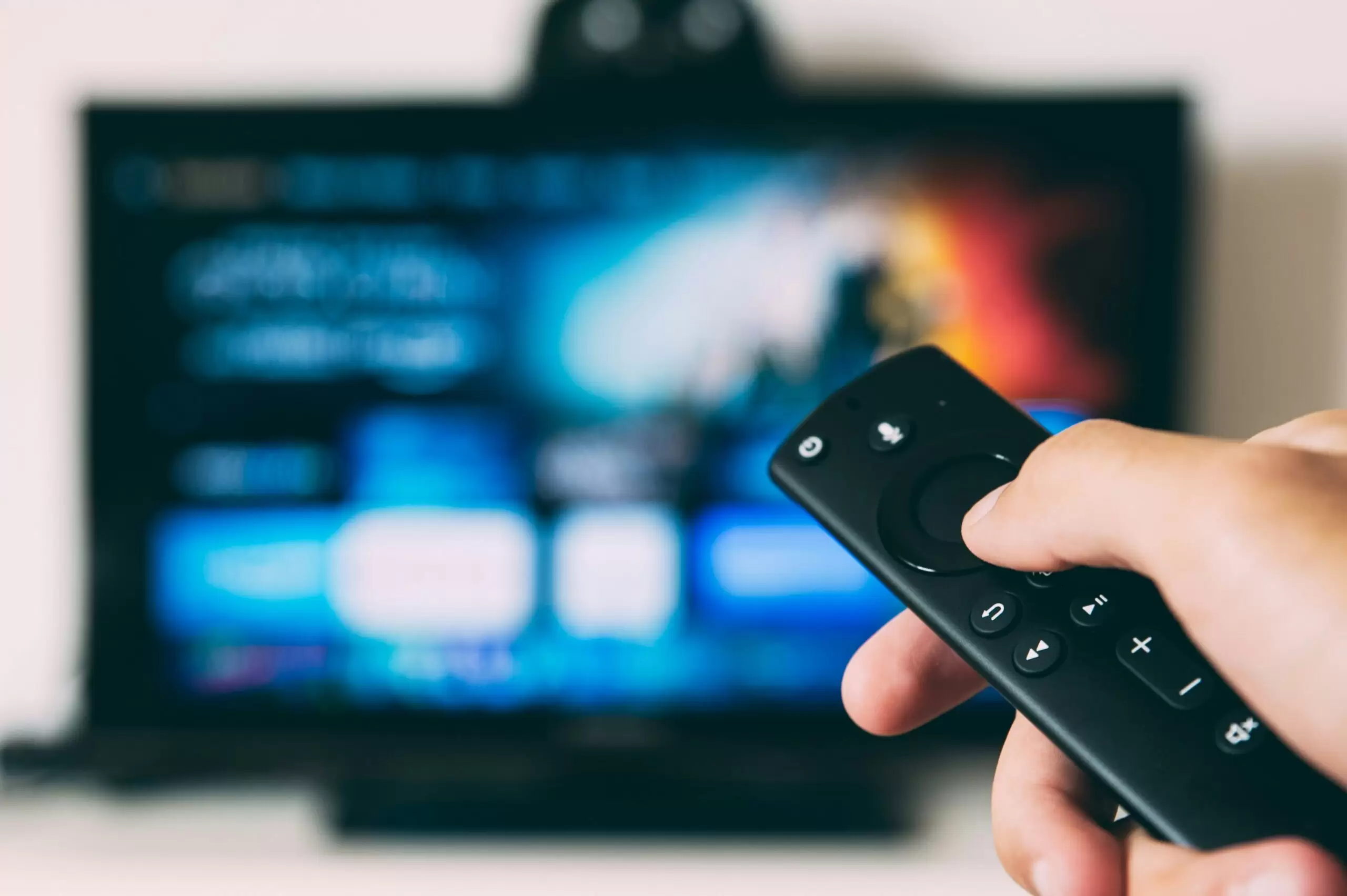
WebTV, introduced in the late 1990s and acquired by Microsoft in 1997, was one of the first attempts to bring internet connectivity to television sets through a set-top box. With WebTV, users could browse the web, send emails, and access online content from the comfort of their living rooms. While WebTV ultimately failed to gain widespread adoption, its vision of connected TV experiences foreshadowed the rise of smart TVs and streaming media players that are now commonplace.
14. Hoverboard Self-Balancing Scooter
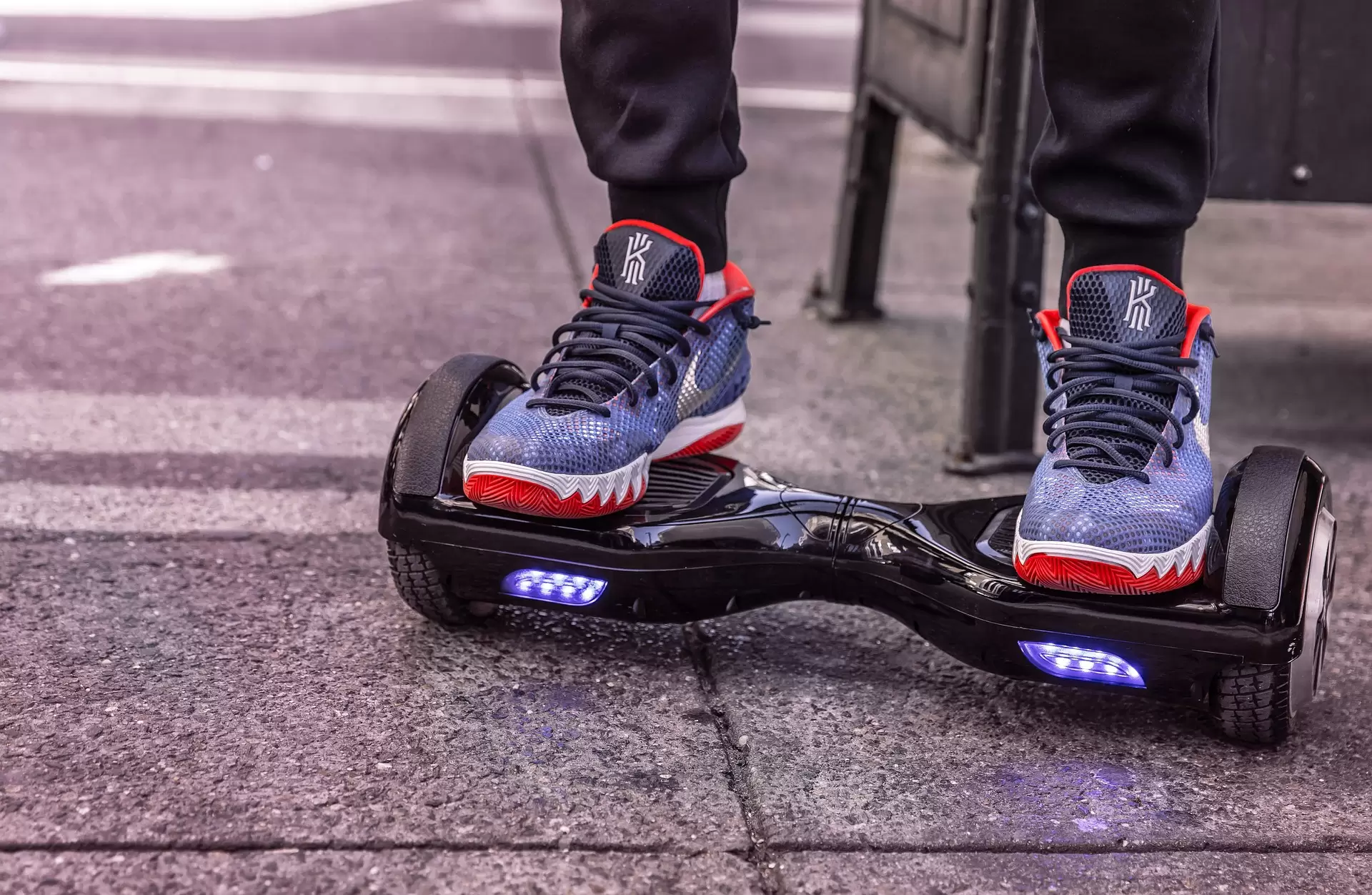
The hoverboard self-balancing scooter, popularized in the early 2010s, gained widespread attention for its futuristic design and promise of effortless transportation. Despite its name, the hoverboard does not actually hover but instead uses gyroscopic sensors to maintain balance and propel the rider forward. While hoverboards initially faced safety concerns and regulatory hurdles, subsequent improvements in design and technology have made them a popular mode of personal transportation for short distances.
15. Electronic Ink (E-Ink) Displays
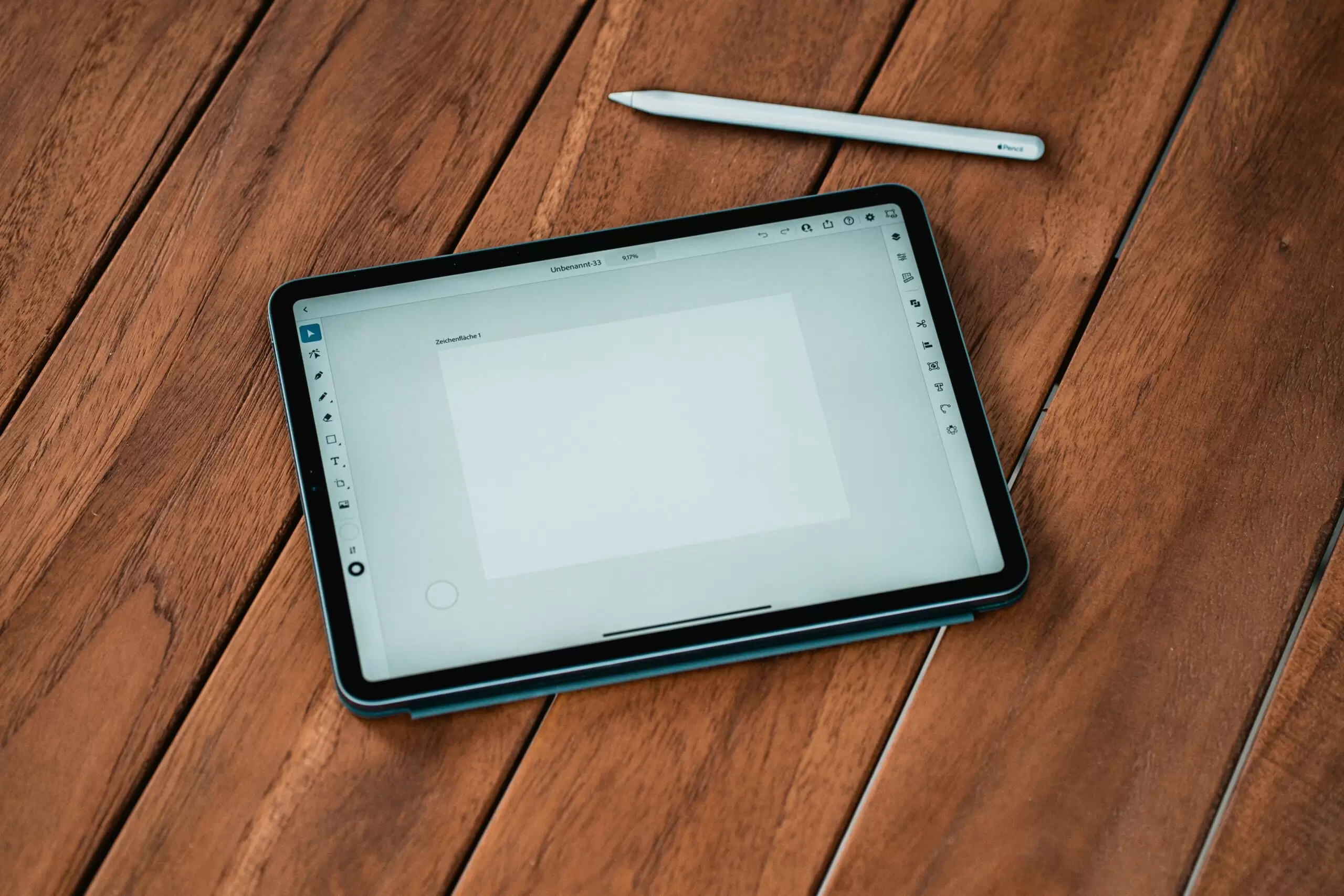
Electronic ink (E-Ink) displays, developed in the early 2000s, offered a low-power, high-contrast alternative to traditional LCD screens for e-readers and electronic devices. With its paper-like appearance and energy-efficient design, E-Ink displays enabled devices like the Amazon Kindle to offer long battery life and comfortable reading experiences. While smartphones and tablets have since become the dominant platforms for digital reading, E-Ink displays continue to be used in e-readers and specialized devices for their readability and battery efficiency.
The 2000s Were a Time of Rapid Technological Innovation

In conclusion, the early 2000s was a time of rapid technological innovation and experimentation, resulting in a wealth of quirky inventions ahead of their time. While some of these inventions may have seemed impractical or gimmicky, many laid the groundwork for future breakthroughs and paved the way for the technologies we use today. Whether it’s portable music players, robotic vacuum cleaners, or motion-sensing gaming consoles, the quirky inventions of the early 2000s have left an indelible mark on our lives and continue to inspire innovation and creativity in the years to come.

Drew Blankenship is a former Porsche technician who writes and develops content full-time. He lives in North Carolina, where he enjoys spending time with his wife and two children. While Drew no longer gets his hands dirty modifying Porsches, he still loves motorsport and avidly watches Formula 1.

